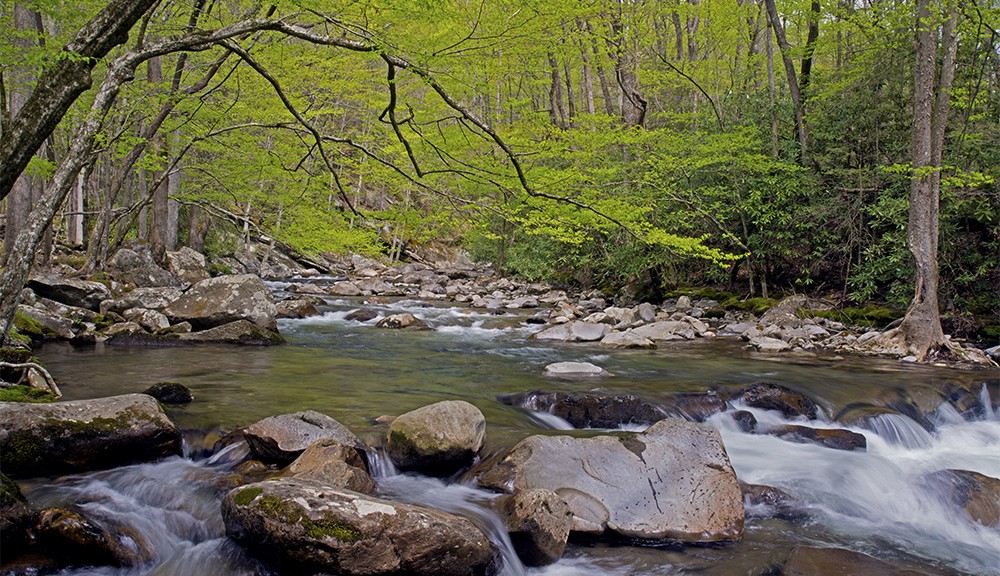
Gatlinburg’s history finds its roots in the turn of the 19th century, when settlers first noticed the grandeur of the Smoky Mountains and decided to move there. William Ogle, one of the first to decide to build his home in the area, called Gatlinburg the “Land of Paradise” in the mountains of East Tennessee. Today, we invite you to join this rich history by visiting some or all of these historic sites on your next vacation to the beautiful city of Gatlinburg.
Arrowmont School of Arts and Crafts—Open since 1912, the Arrowmont School first began as a general education school for early settlers to the Gatlinburg area. Today, the school functions as a national art education center where students from all over the world are invited to attend various workshops and classes.
The E.L. Reagan Furniture Company—Elijah Lawson Reagan established his woodworking business in 1910 in Gatlinburg. In the 1920s, he was able to use the power of the Roaring Fork to operate power tools and to generate power from a water-wheel and turbine. He and his shop remain important figures in Gatlinburg history to this day.
The First Baptist Church—Although the Smokies’ first settlers were Presbyterians, the first church in the area was Baptist. The first frame church building was constructed in 1875, and this building was reconstructed into a stone church in 1951. This structure is located at the corner of the Parkway and Baskins Creek Road.
John Cable’s Mill and Mingus Mill—This classic waterwheel-powered mill, located in Cades Cove, was built in only three months in 1886. It was the largest mill in the Smokies at the time and is still in operation. Come get your bag of bonafide Tennessee cornmeal today!
John Oliver’s Cabin—This homestead belonged to the first settlers of Cades Cove, John and Lucretia Oliver. A short walk off the main loop of Cades Cove will get you here, and you’ll have the chance to visit one of the oldest structures in the Smokies.
The Little Greenbrier School—While driving to Cades Cove in the Great Smoky Mountains National Park, stop at the Little Greenbrier School for a trip all the way back to the 1800s. This classic one-room schoolhouse was used mostly in winter, when there was less farm work for the kids to do.
Noah “Bud” Ogle Homestead—If you’re planning a drive along the Roaring Fork Motor Nature Trail, take some time to stop at the Olge Homestead first. The tub mill located on this property is one of the few left in existence, and it continues to grind, using water from LeConte Creek.
